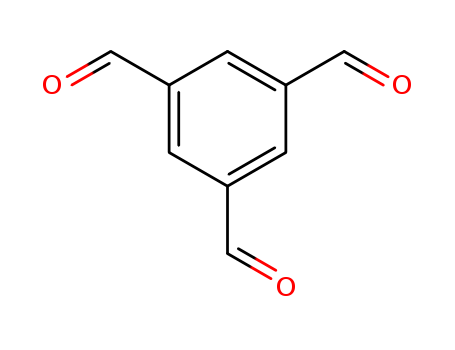10.1039/c2nj20799k
The study focuses on the synthesis, characterization, and investigation of the photophysical and electrochemical properties of shape-persistent metallodendrimers based on htpy-RuII-tpyi or htpy-FeII-tpyi connectivity. These metallodendrimers were developed using a self-assembly strategy and were fully characterized by techniques such as 1H and 13C NMR, traveling wave ion mobility mass spectrometry (TWIM MS), single crystal X-ray, UV-vis absorption, photoluminescence, and cyclic voltammetry. The researchers observed a significant increase in drift times with increasing generation of these complexes, correlating with the change in molecular size. Additionally, the photophysical properties, such as molar extinction coefficients, and electrochemical stability of the complexes varied noticeably with size and metal ion center, suggesting potential applications in catalysis, sensing, and light-harvesting devices.




